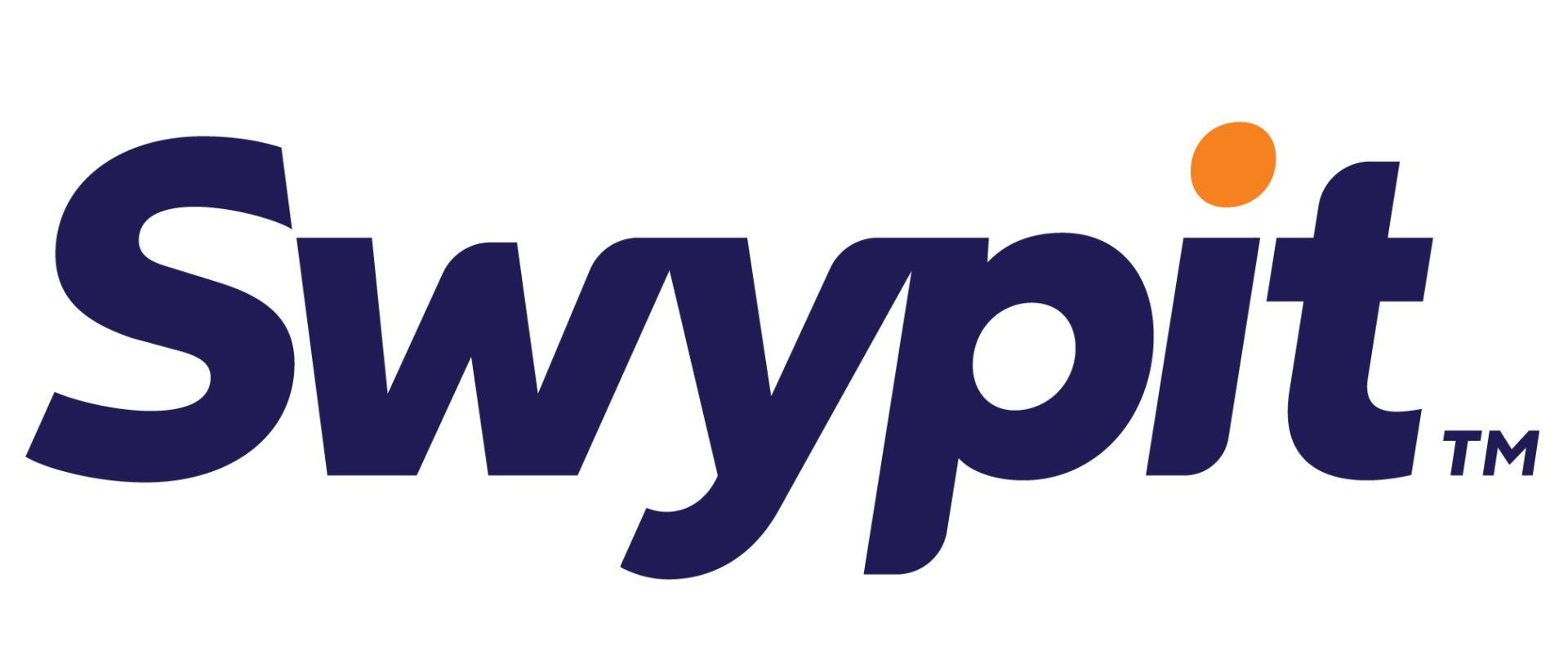Resilience Might Just be the Most Important Business Skill You Can Have

Articles|Blog
The workforce is the most disrupted in this decade than it has ever been. Businesses have the opportunity to change very rapidly with the help of technologies like artificial intelligence and cloud computing. If technology continues to advance at a very rapid pace, which is likely, it will eventually lead to the pace of change increasing (speeding up) as well.
There are currently five active generations in the workforce. The newer generations are scrambling the old order, reconstructing the organization on the back of the fast pace of technology. And with much of this new technology taking the place of day to day interactions, “soft skills” are now the deal sealer for many. Innovation, emotional intelligence, communication, and creativity comprise these “soft skills” and can either make or break both personal and corporate success.
With this huge wave of technology coming through, there is also a threat imposed on humans. There are hardly any barriers between work and personal life. We the people of the workforce, work in 45-minute increments all day. The majority of us have notifications coming to our personal devices every day, all day. This results in our constantly checking our email, work messages, and other work-related notifications. We tend to check these notifications first thing in the morning and again at the end of the day.
Our insanely-advanced technology has plenty of perks, but don’t think there aren’t any cons either. Due to these advancements, it takes mere seconds for a message to get from one side of the world to the other. This leads us to expect instant responses from ourselves and others. Subsequently, it has caused the workforce to be more stressed than ever before and it’s literally killing us. Stress is basically built into today’s always-on, fast-moving jobs.
In fact, stress can be triggered simply by hearing an email alert.
Why Is Stress So Bad?
We know stress is not good for us physically. But it’s also not good for the workplace. Stress leads to lower productivity, as well as to high rates of depression and job dissatisfaction. It also leads to people showing up physically but “being elsewhere” mentally. The bottom line? The negative effects caused by stress create a huge gap between a business’s actual performance and potential performance.
What Is the Answer?
Since there is no way to ignore technology or turn back the clock, we must learn to perform under the demands of this hyper-speed and hyper-advancing technology and still be stable. A big part of stability is learning to face the stresses that will naturally occur and bounce back fully and quickly.
Of course, you always have the option of “enduring” stress. But this is really just setting yourself up for failure in the future. There are also temporary stress “fixes” like Reset Pods and mood tracking apps, but these don’t last either.
For the greatest long-term stability and success, stress must be mitigated where possible and then resolved efficiently. Employees need to know how to manage stress long-term, not just temporarily. This ability to bounce back from stress and stressors with completeness and ease is called “resilience.”
However, resilience isn’t only something that must be “taught” to employees and underlings. Leaders in the workforce must practice resilience within their company as well. Phrased more completely:
Resilience is the ability to handle a stressful situation or face adversity and be able to bounce back. Learnable skills have been identified to increase resilience, such as emotion control, empathy, and impulse control.
3 Simple Steps to a Higher Resilience Quotient
- Identify quick fixes in the workplace, such as noise levels, that might affect managers and employees negatively.
- Educate managers and employees about what might be causing them stress and where their resilience might be weak or weakened as a result.
- Identify employees who define themselves as stressed or who seem to have issues bouncing back from stress.
- Teach and empower stressed employees about the power of resilience and how to build their resilience. For example, recommend to them that getting more sleep and mindful breathing could increase their personal resilience.
- Build resilience into all domains of the workplace. This includes hiring, team-building, and training. Leaders of the business also need to practice their resilience skills and lead by example.
